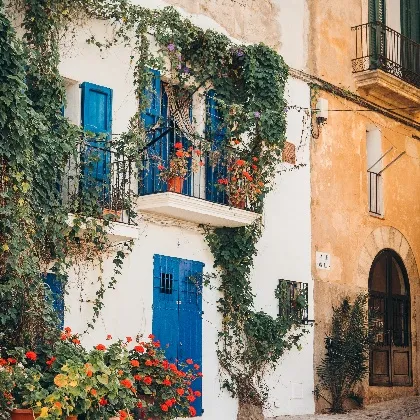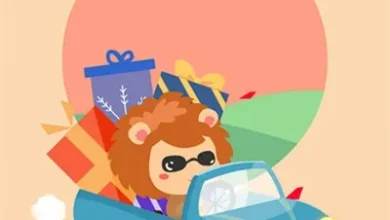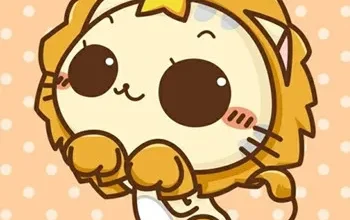Tales of the Silk Road in the Palace Museum’s Collections: Lions, Clocks, and Maps

The Maritime Silk Road Museum: A Vision of Cultural Exchange
The Palace Museum’s Maritime Silk Road Museum, currently under construction in Shishi City, Fujian Province, symbolizes the enduring legacy of cultural exchange. With over 25,000 foreign artifacts among its 1.86 million collections—including exquisite clocks, enamelware, jade carvings, and paintings—the museum showcases the global influences that shaped imperial life.
The Lion’s Journey Along the Silk Road
The lion, though not native to China, became a cultural icon through both land and maritime Silk Routes. A highlight of the “Silk Road Lion Treasures” exhibition is a Ming-dynasty cloisonné lion-shaped incense burner—its hollow body designed to hold aromatic herbs, with the detachable head serving as a lid. This artifact exemplifies how lion symbolism evolved from Buddhist teachings (where the Buddha’s throne is called the “Lion Seat“) into a Chinese auspicious motif representing wisdom and protection.
Timekeeping Across Civilizations
The Palace Museum’s 2,200-piece clock collection tells another Silk Road story. Conservator Wang Jin, famed for restoring the 18th-century “Writing Automaton Clock” gifted by British diplomat Macartney, laments how these technological marvels became symbols of China’s paradoxical embrace of foreign innovations while politically isolating itself. These timepieces, like the lions, embody the cultural dialogue between East and West.
Mapping the Ancient World
The Silk Road Landscape Map, a 30-meter Ming-dynasty scroll recently repatriated, visually chronicles the Silk Road’s golden age. Depicting 211 geographical landmarks from Jiayuguan to Mecca, its vibrant colors and precise details—now studied by scholars like Professor Lin Meicun—mirror the route’s historical vitality. Like the lions and clocks, this map demonstrates how Silk Road artifacts continue to “come alive” by connecting modern audiences with cross-cultural heritage.





